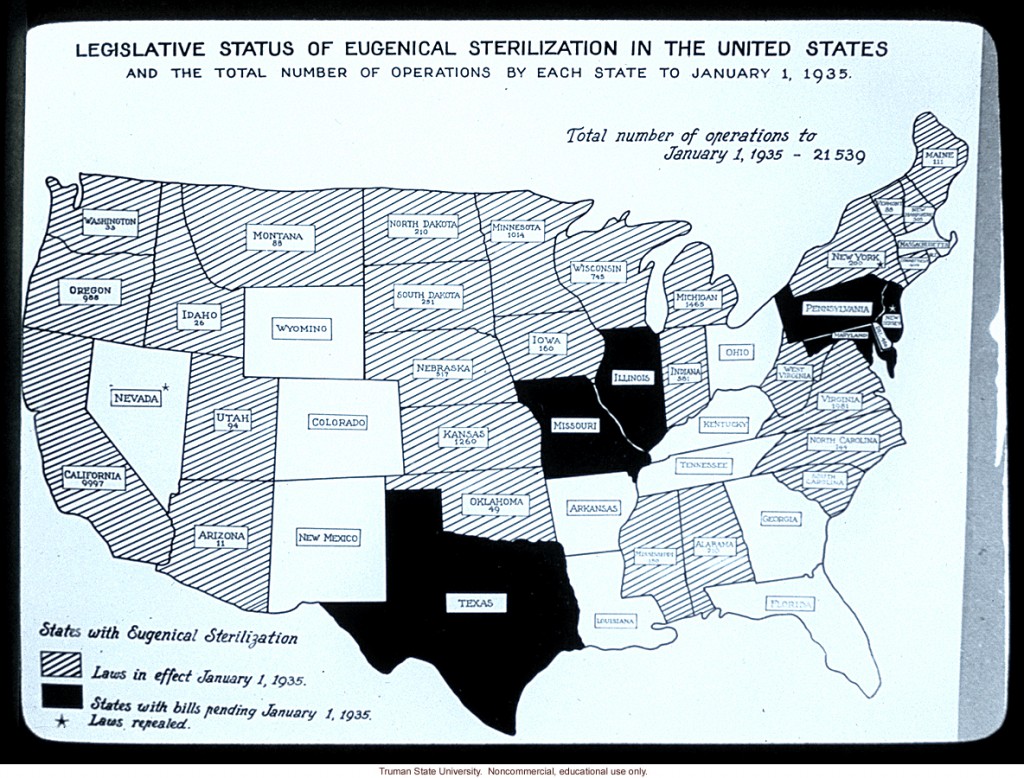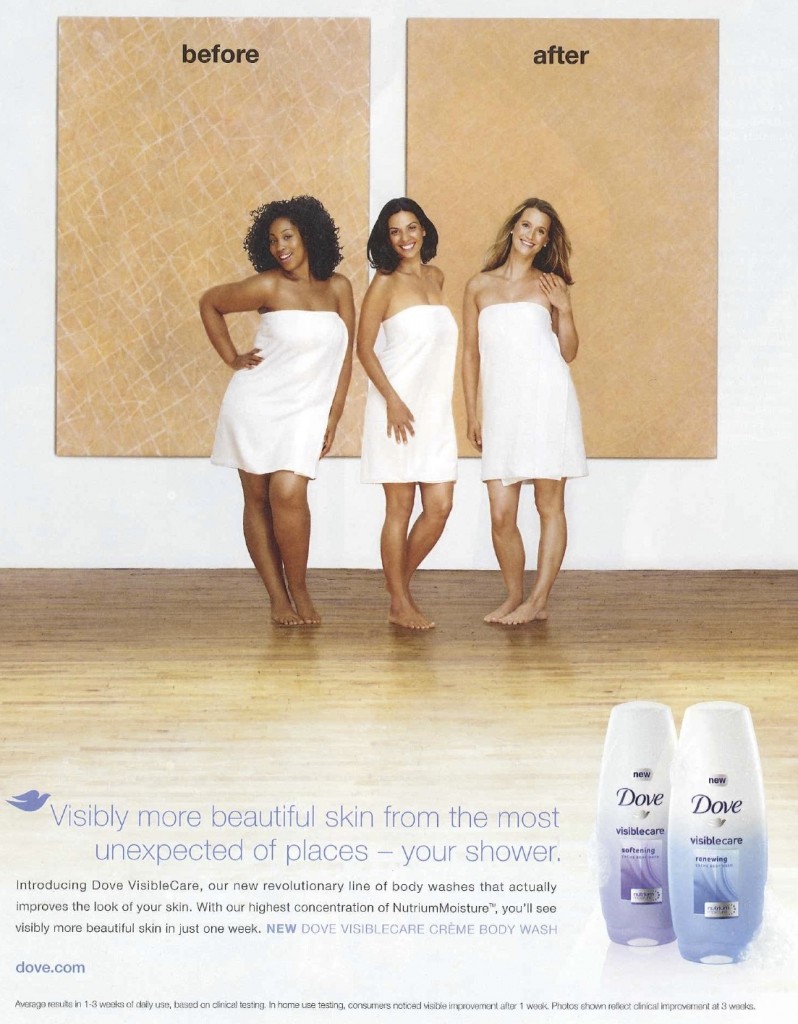
Via Bruce Jacobs, Lesley Hazleton describes her experience of reading the Koran, for real, for the first time:
Lisa Wade, PhD is an Associate Professor at Tulane University. She is the author of American Hookup, a book about college sexual culture; a textbook about gender; and a forthcoming introductory text: Terrible Magnificent Sociology. You can follow her on Twitter and Instagram.










